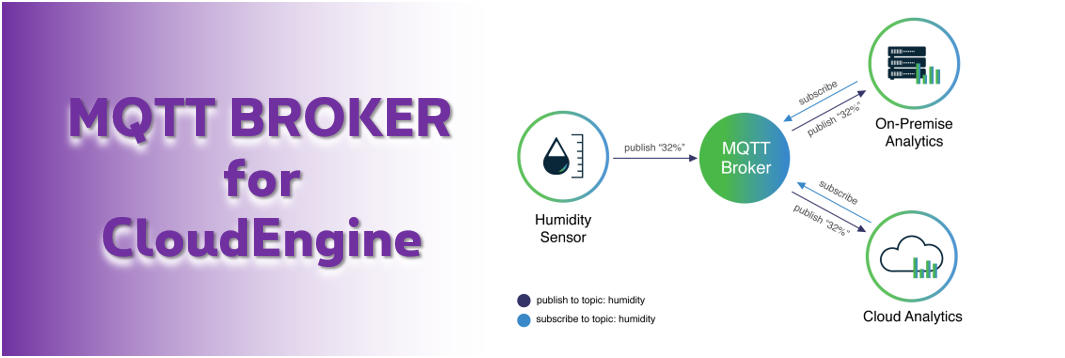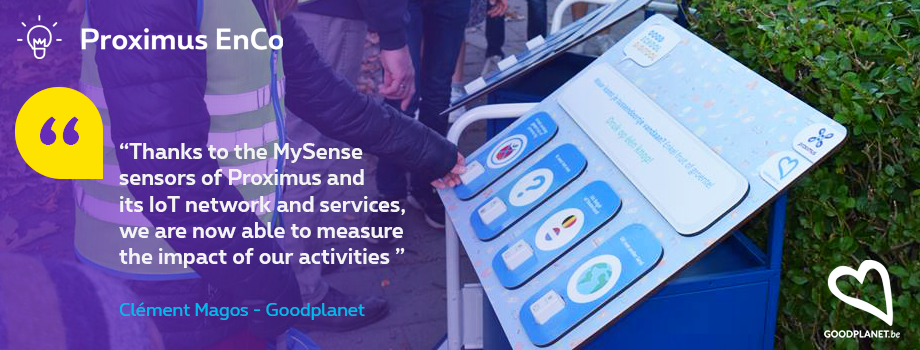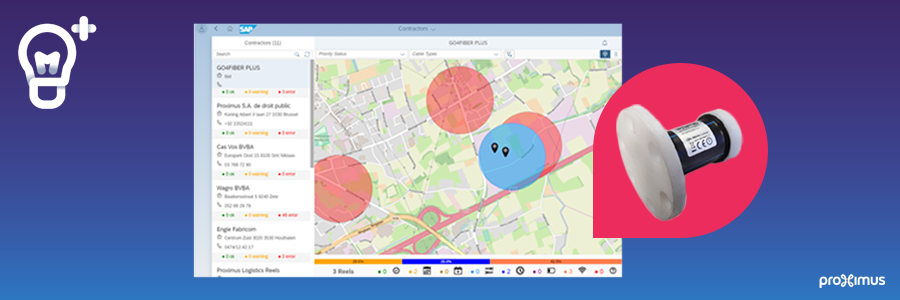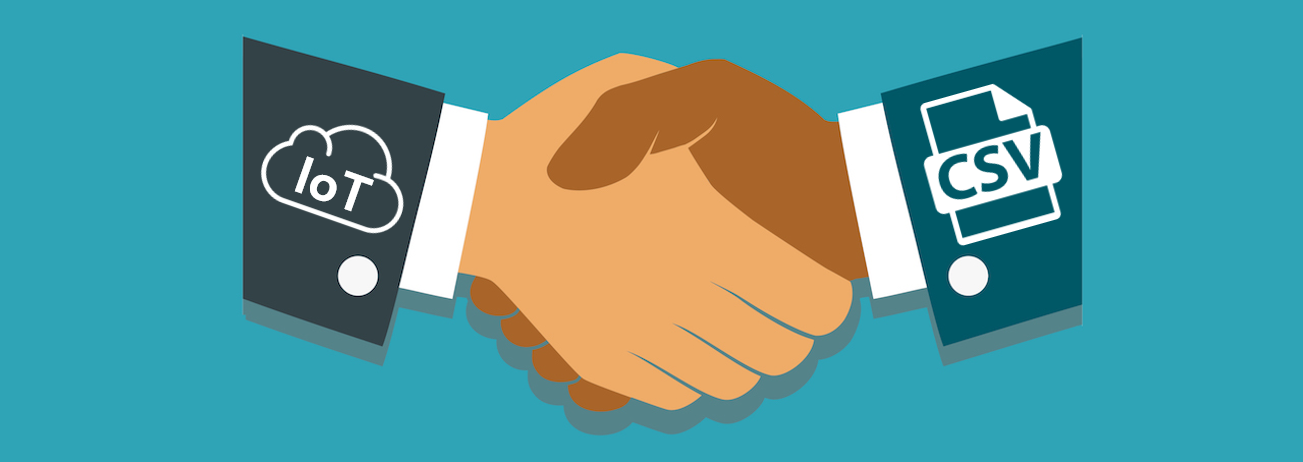In most cases, an IoT Telco operator allows you access the data from your sensors by pushing this data to your application over HTTP. We have seen in previous articles that Proximus CloudEngine makes it possible to benefit from other integration capabilities, ranging from Microsoft Azure and SAP IoT Cloud down to various protocols such as sFTP and mail. To the already existing CloudEngine’s ability to use its own MQTT client to connect to your MQTT broker, we add now the ability for your MQTT client to connect to the CloudEngine’s broker.
Continue reading “How to retrieve your IoT data with a MQTT client ?”









